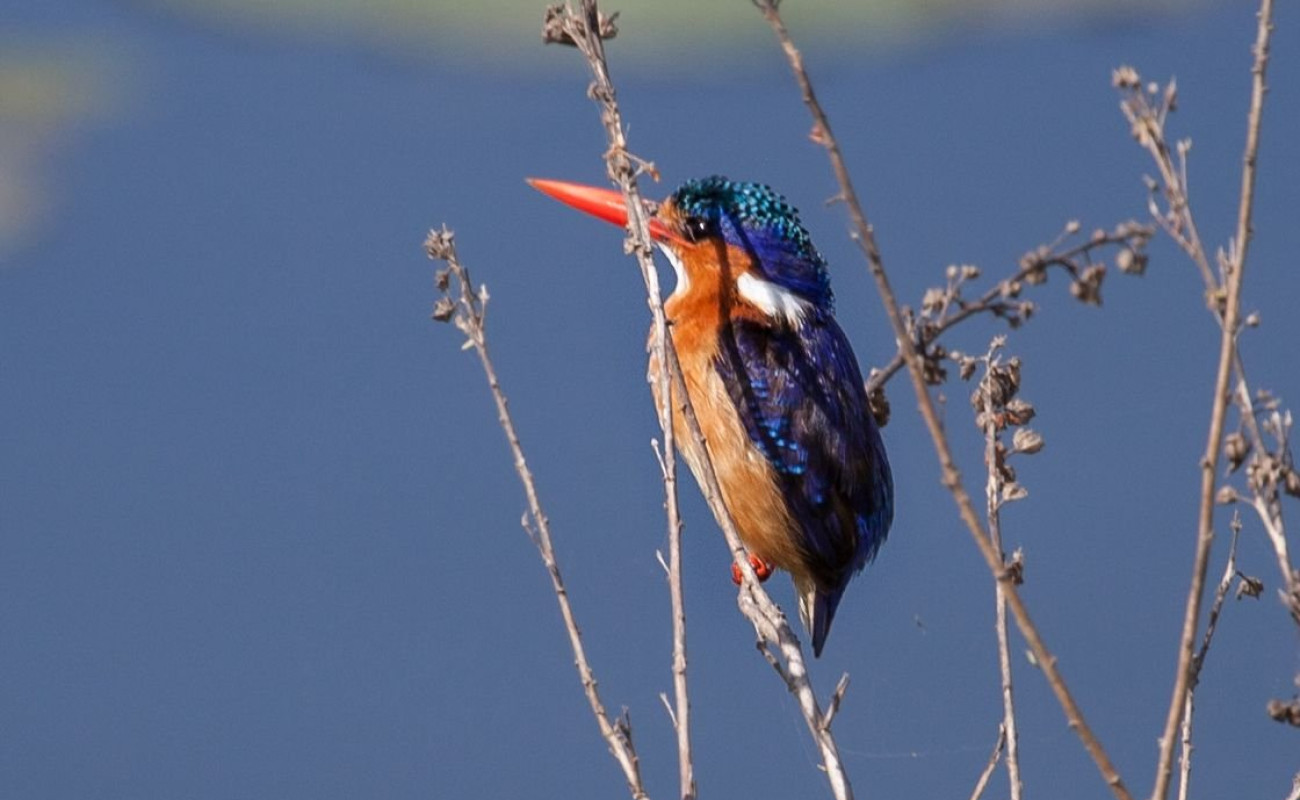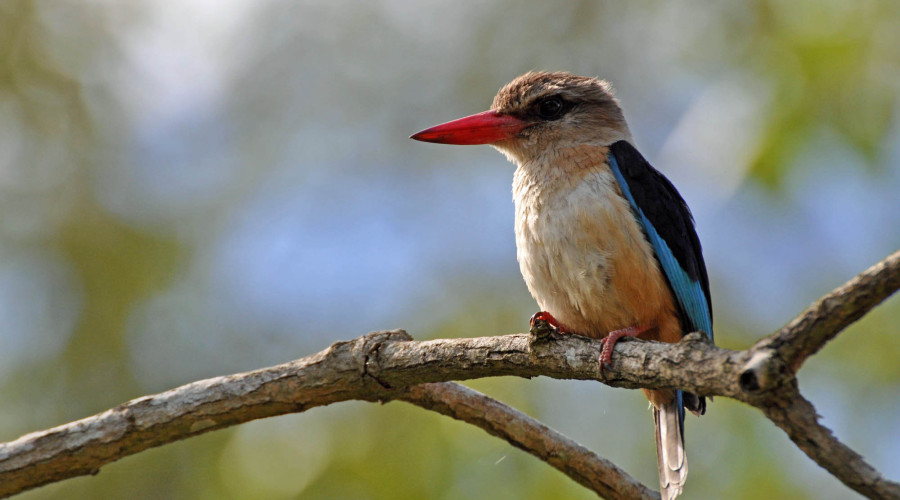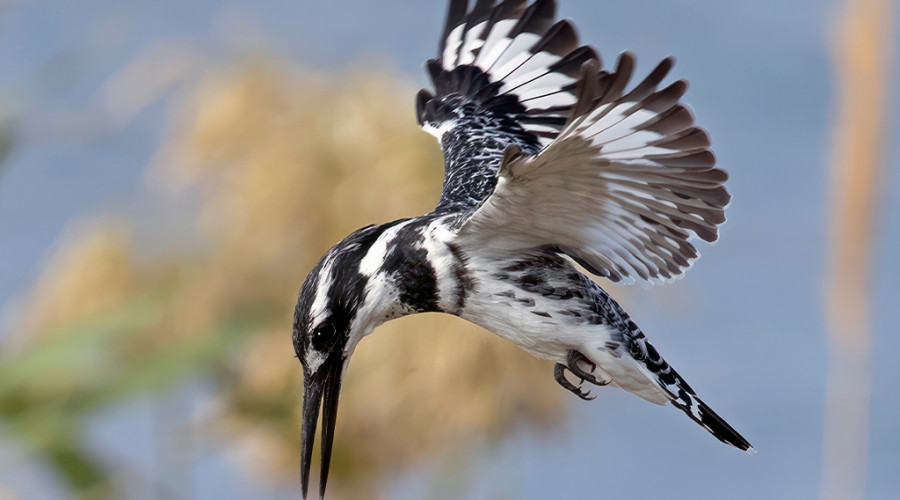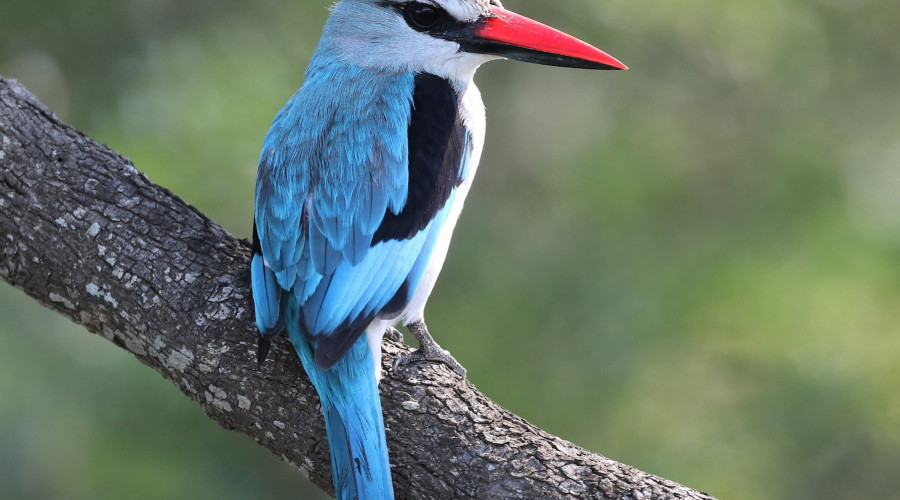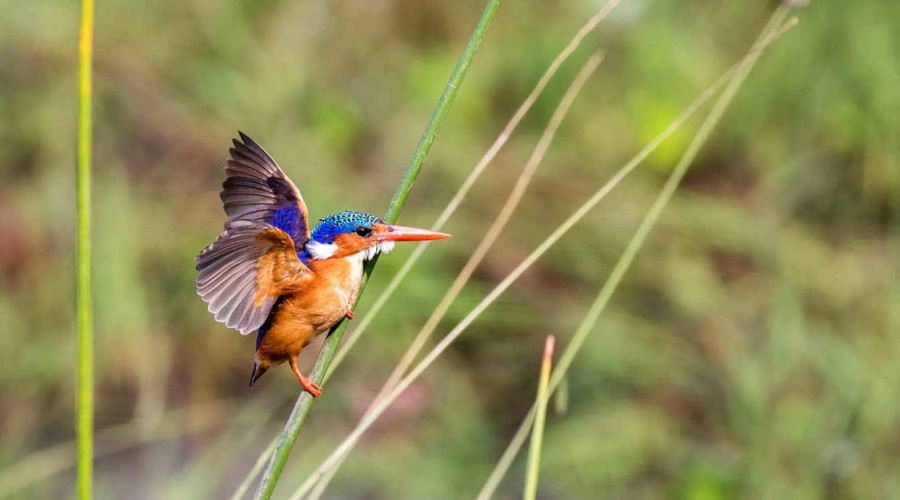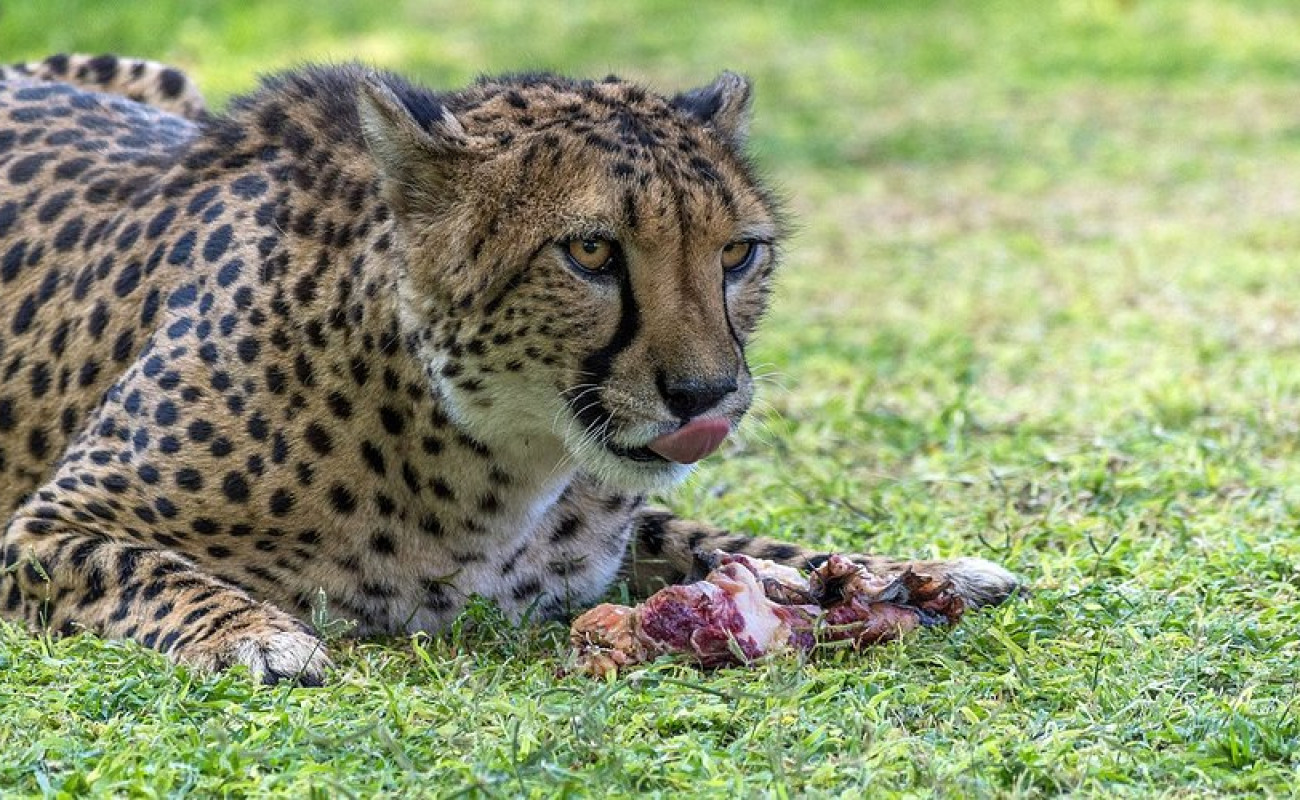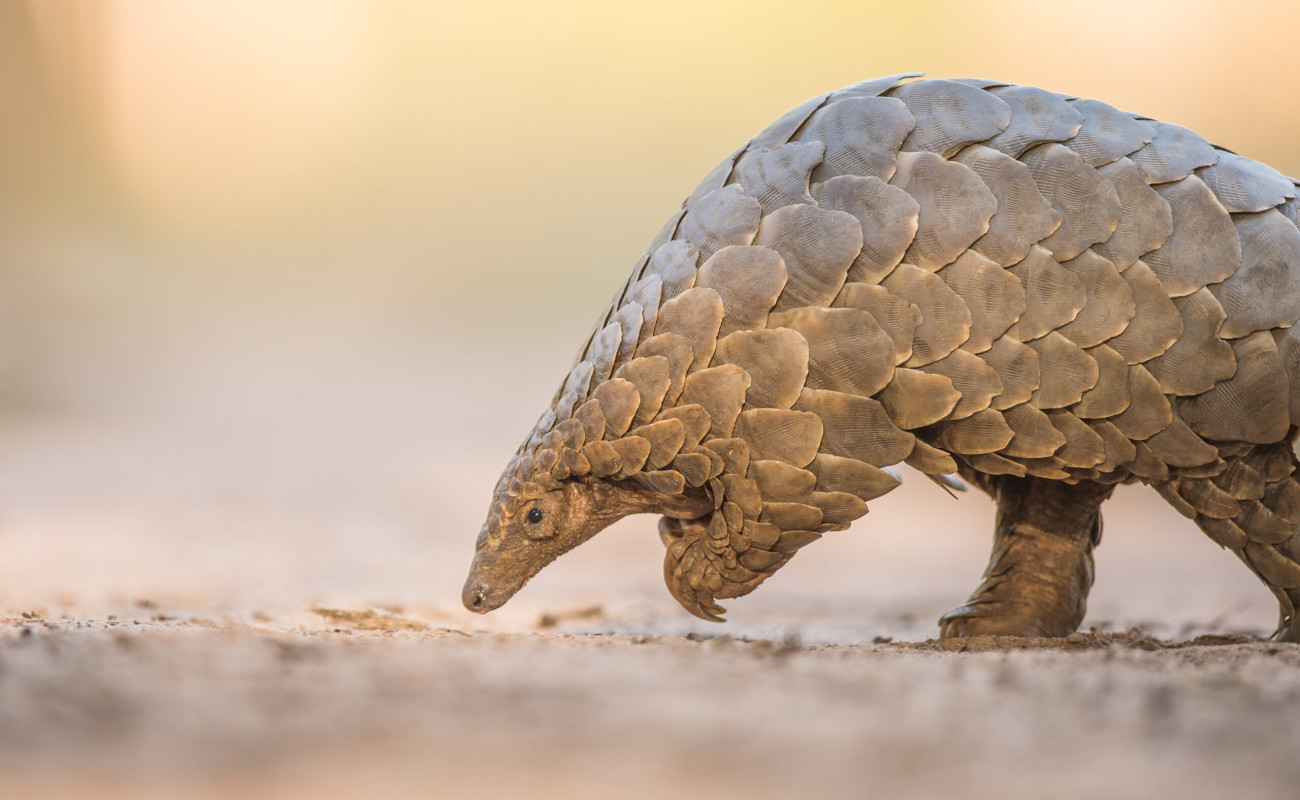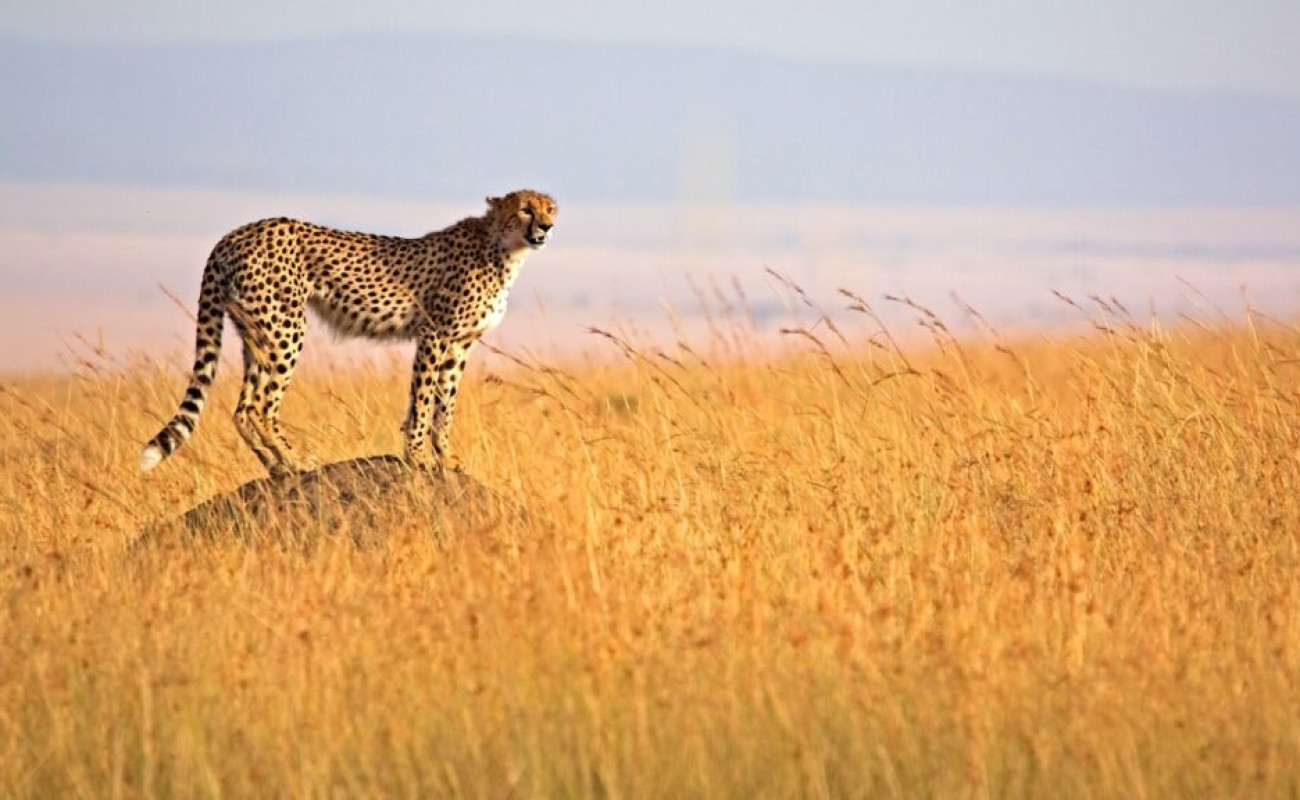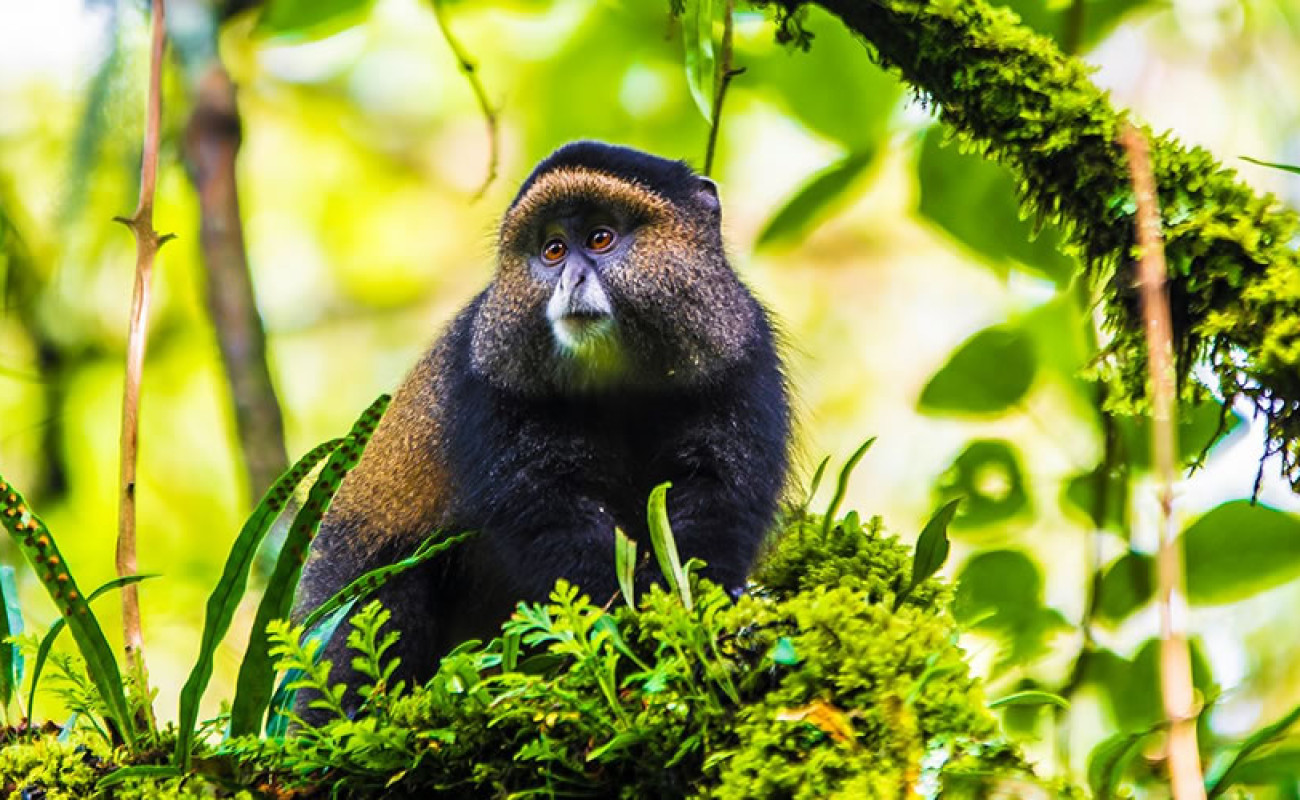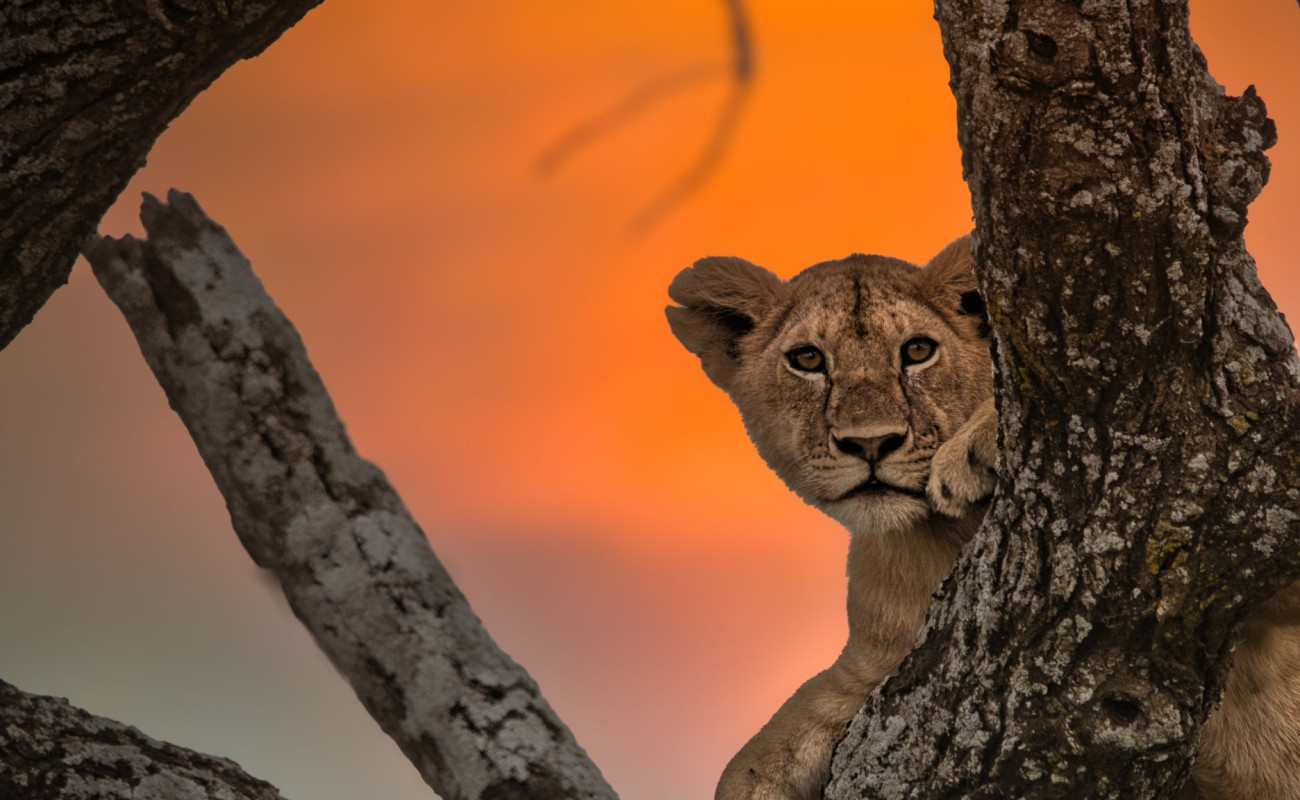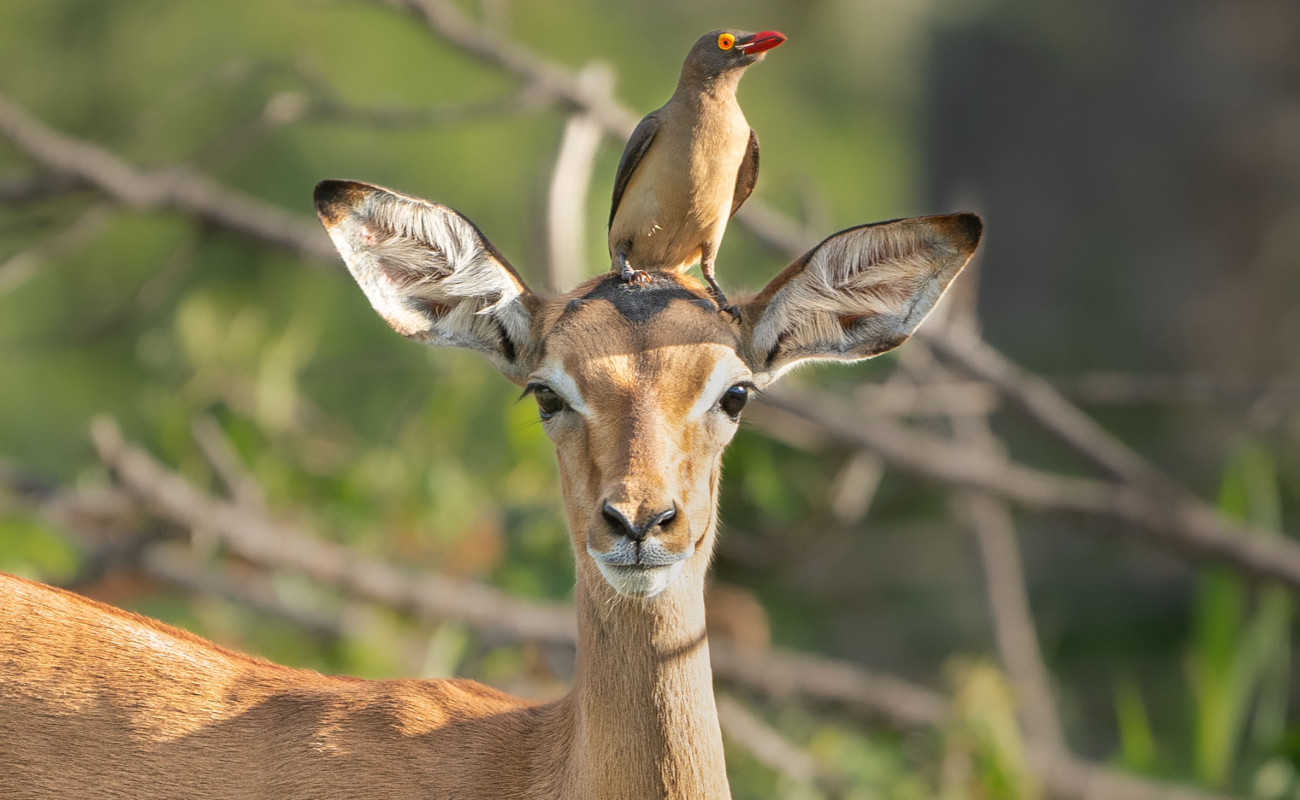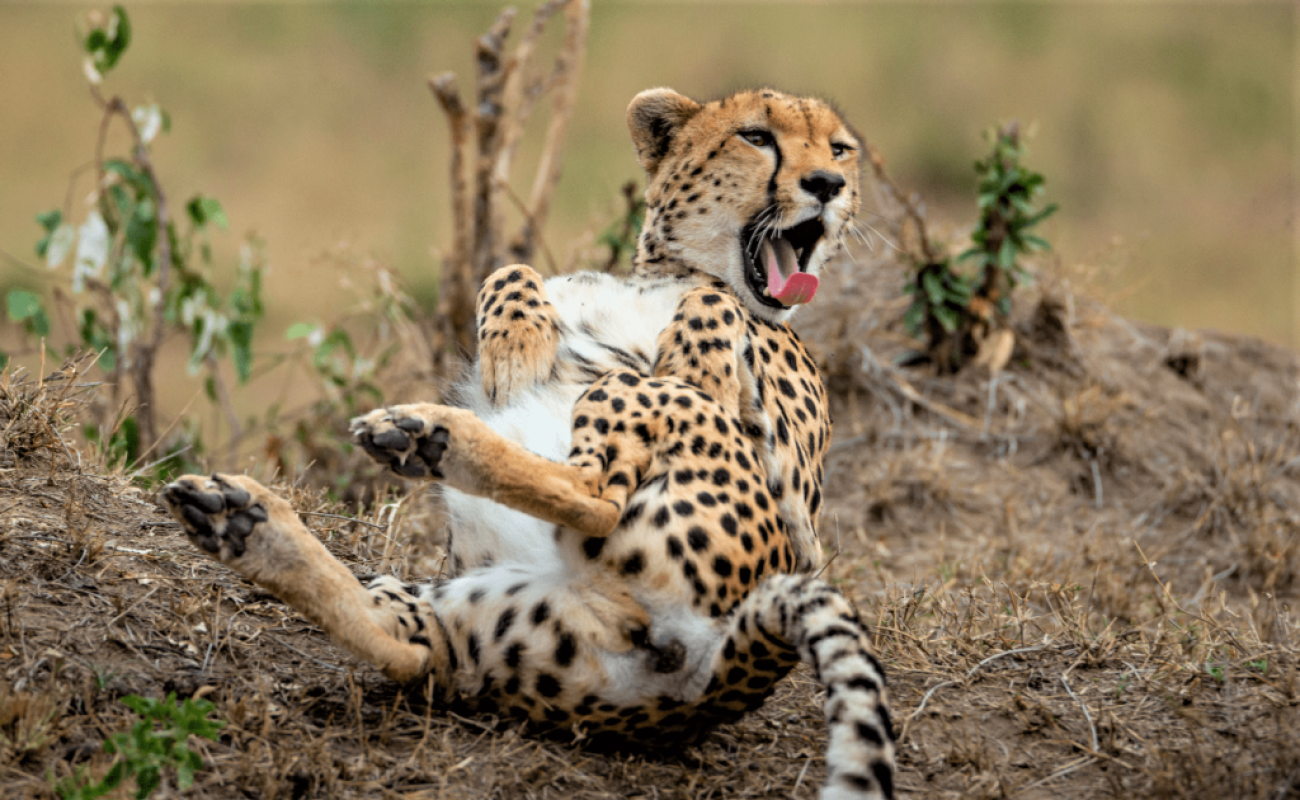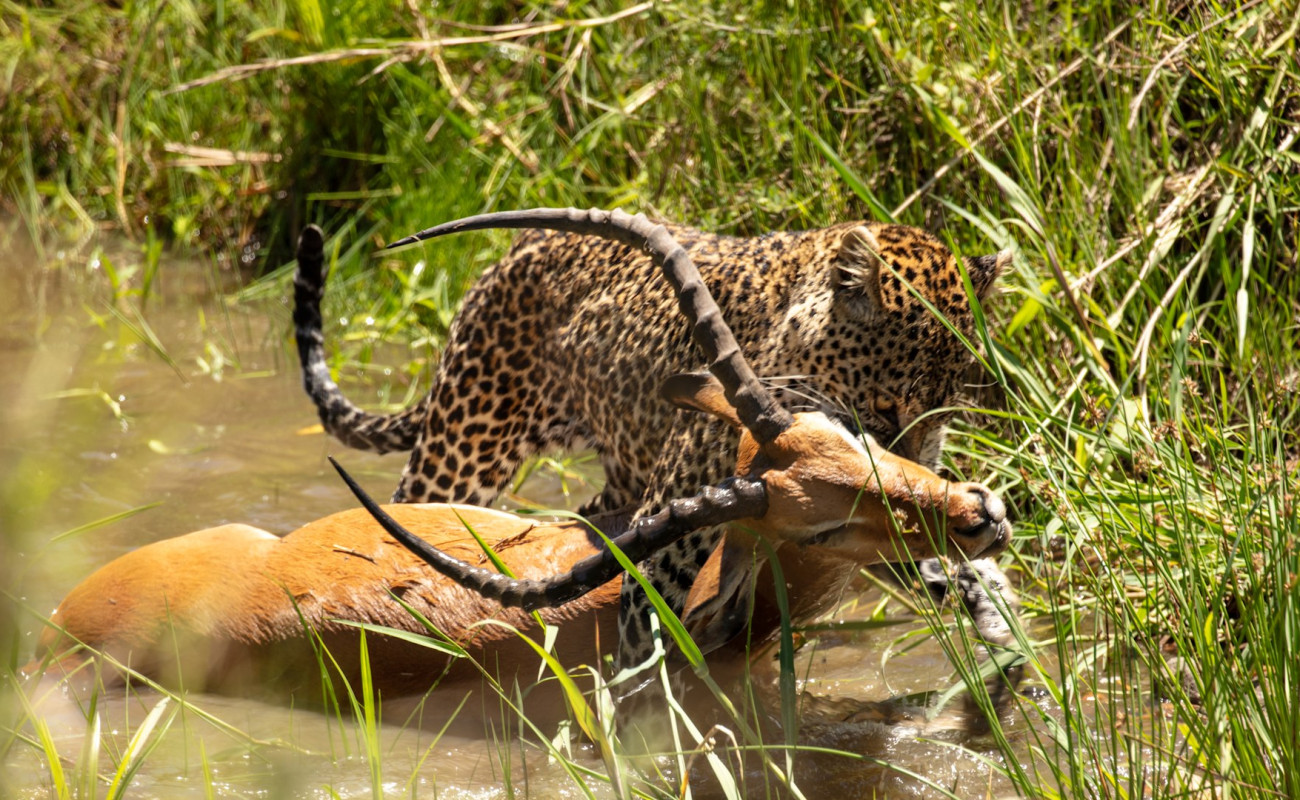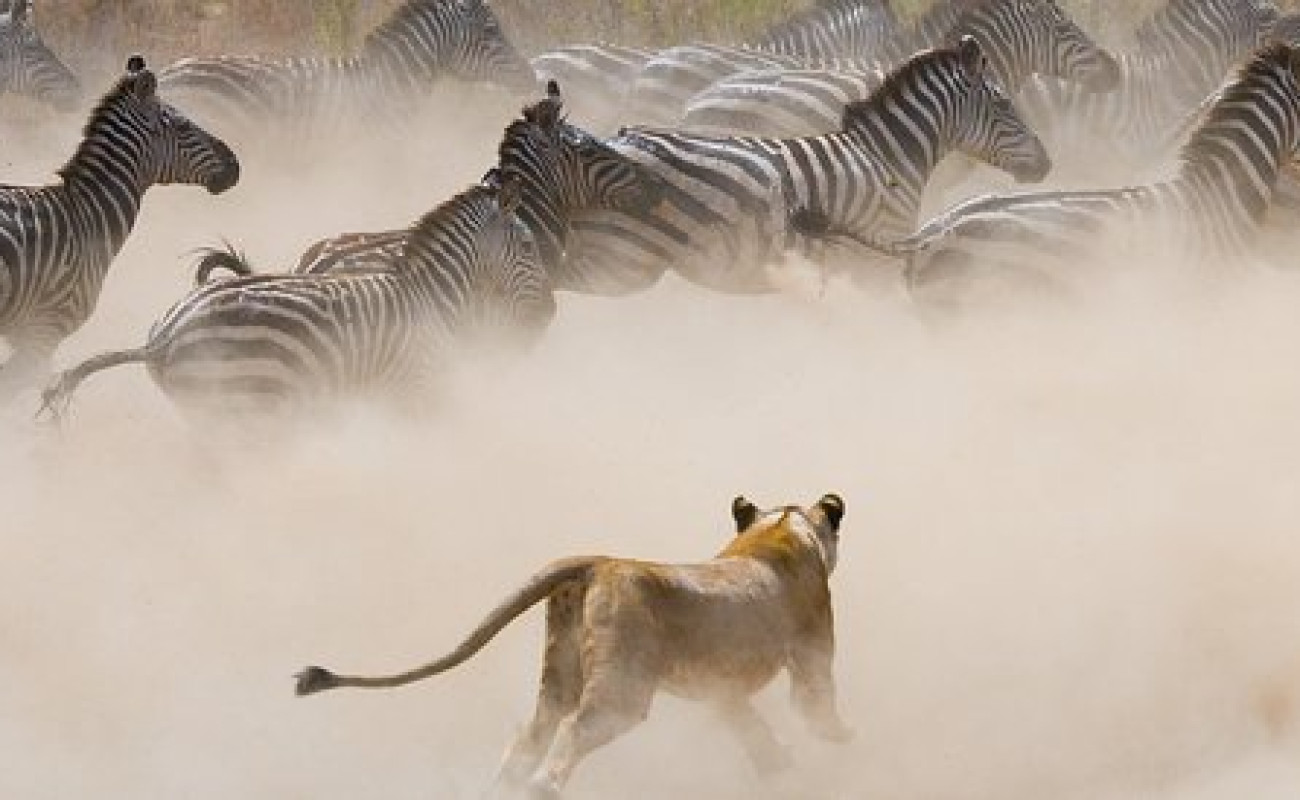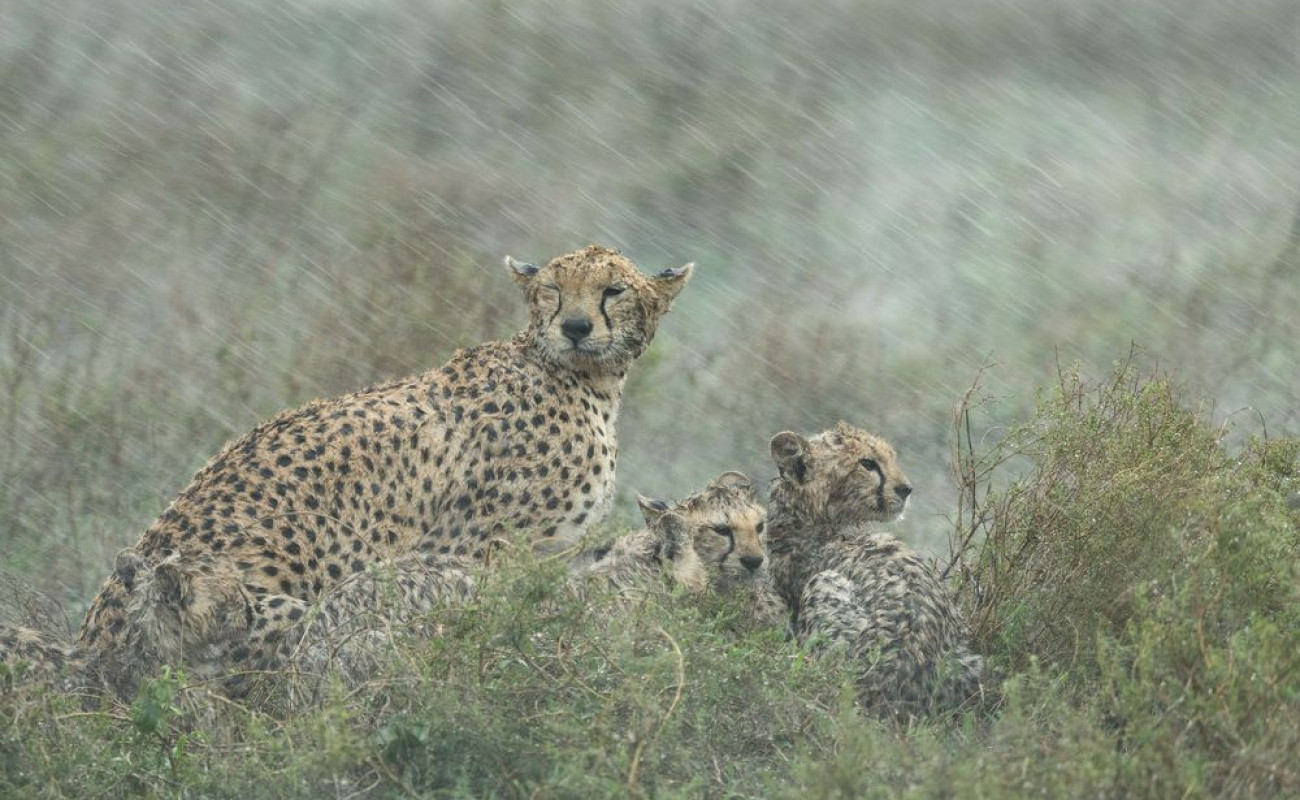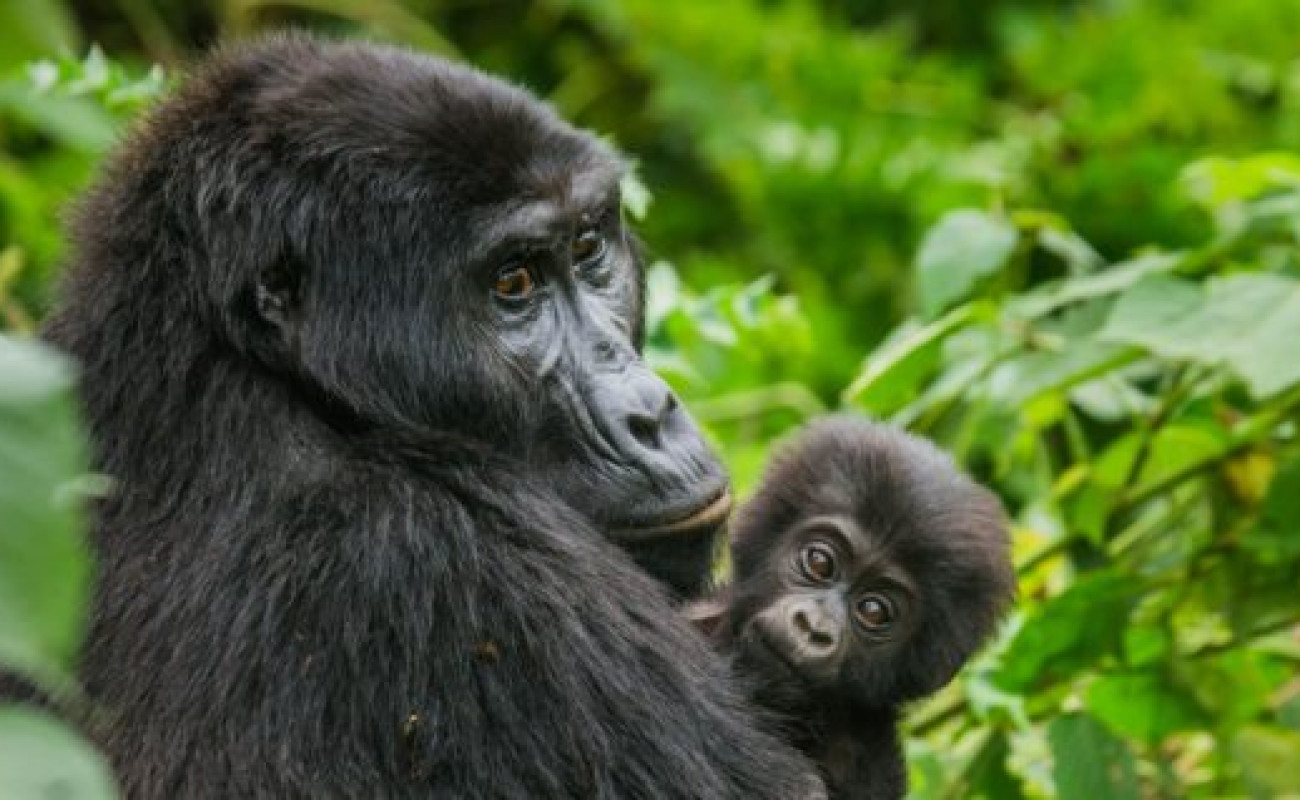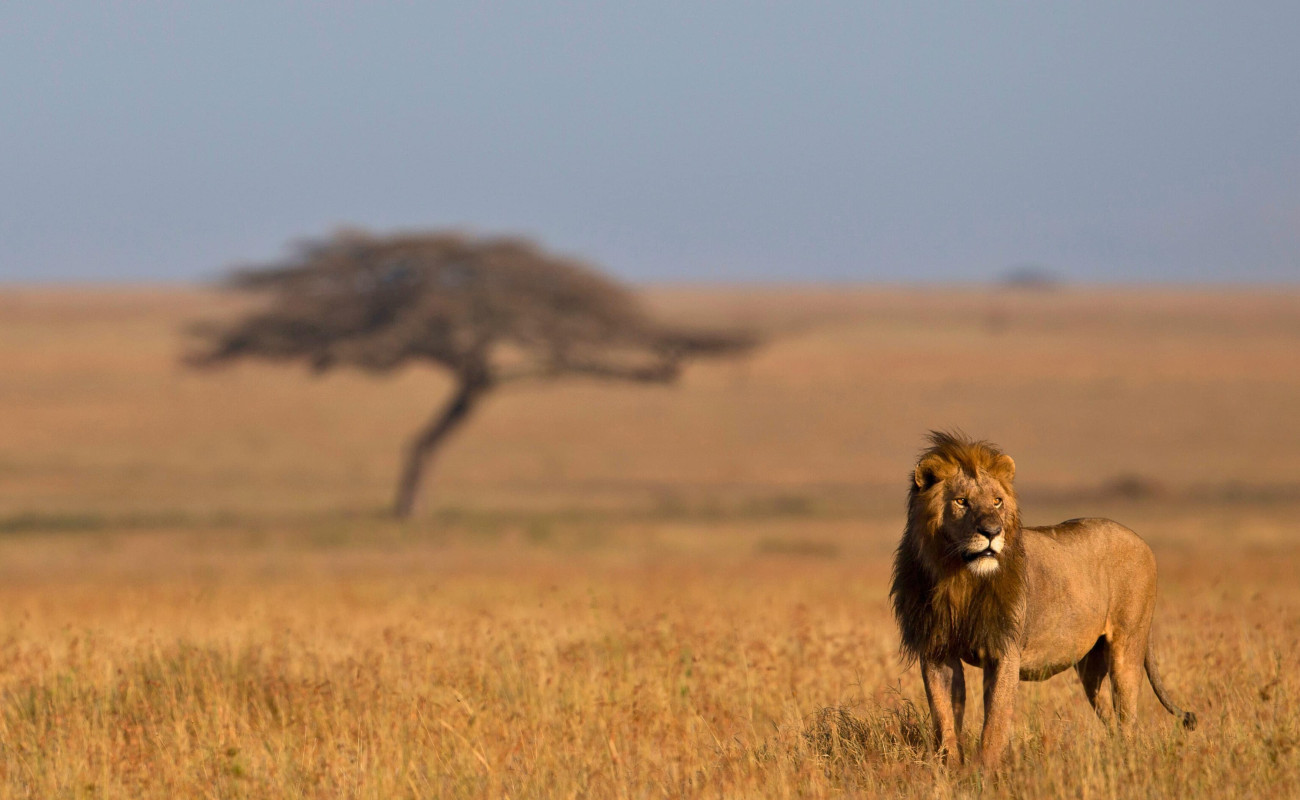Beyond its allure, the Kingfisher is an ecological guardian. Its very presence signals clean water and thriving ecosystems—making it both a symbol of environmental health and a highlight for eco-conscious travelers. For many birdwatchers and photographers, the Kingfisher alone is reason enough to journey into East Africa’s wilderness.
Experience the Sapphire Hunter with Eagle Soul Adventure
At Eagle Soul Adventure, we believe safaris are not only about the “Big Five.” They are also about discovering the subtle jewels of nature—the birds, colors, and moments that tell the story of Africa’s wild soul.
Spotting the Sapphire Hunter of East Africa is more than birdwatching—it is a reminder of the harmony and magic woven into every corner of this land.
Join us, and let the Kingfisher’s brilliance inspire your journey.
